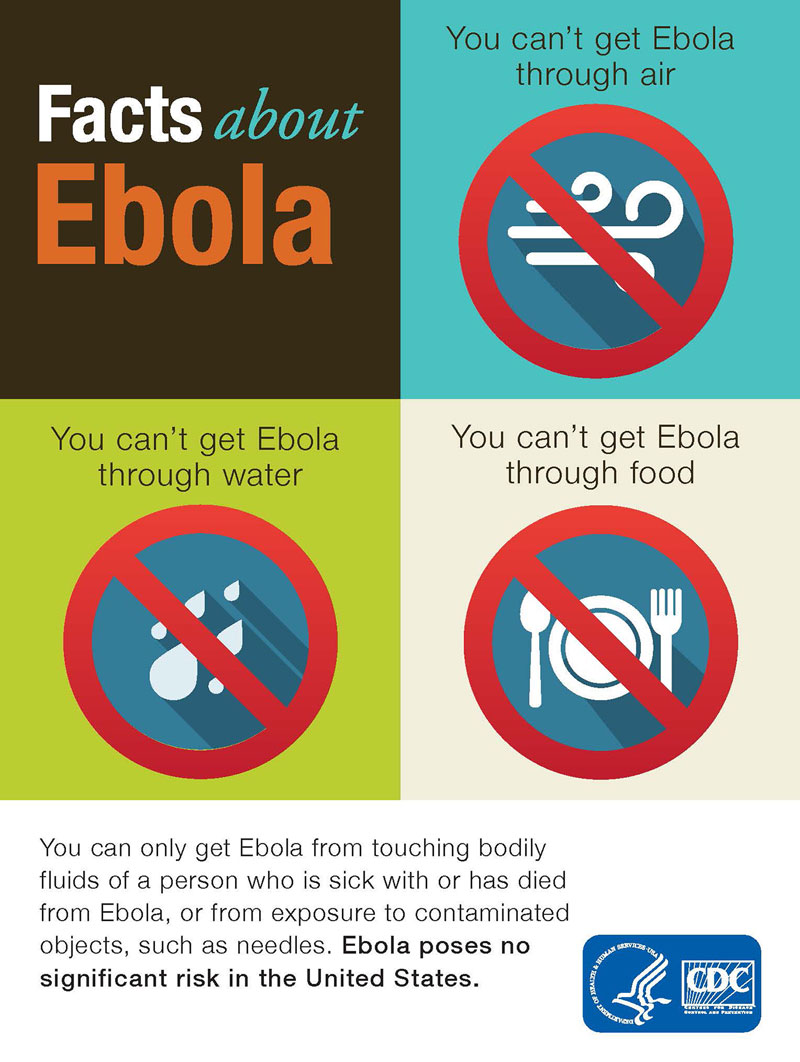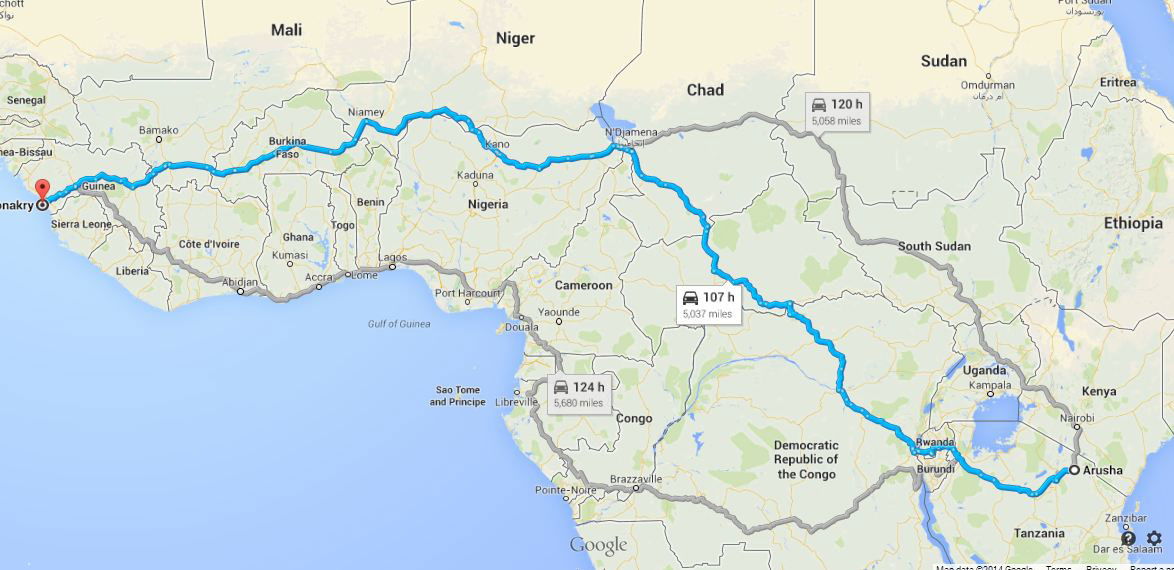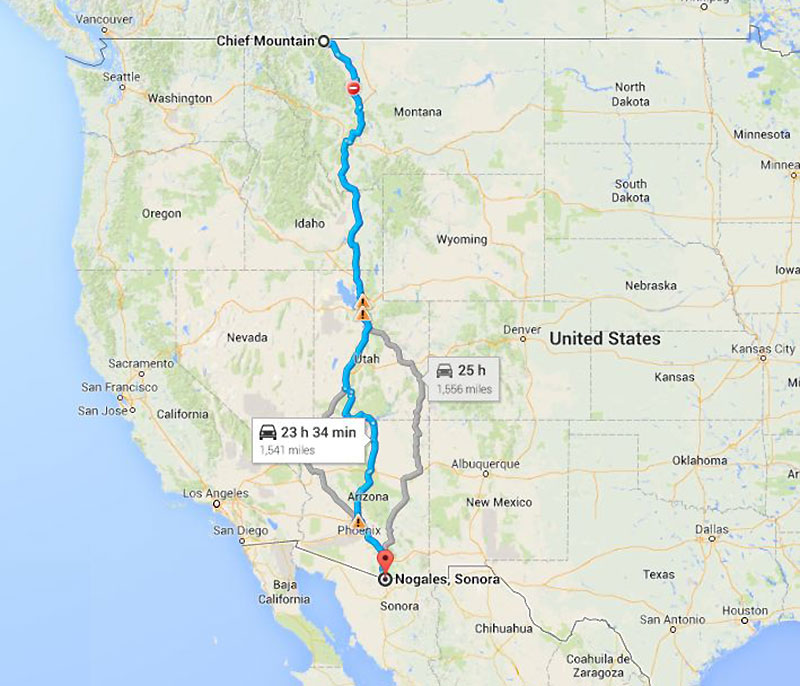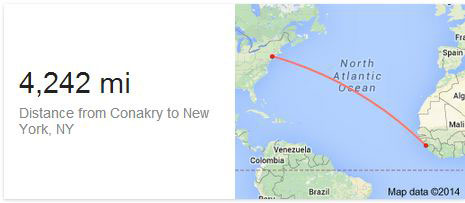An unfortunate side-effect of the 24-hour news cycle is that dramatic or tragic stories get much more coverage than stories of hope and success, and that coverage often lacks context and in-depth analysis. Shock value and implied danger are the order of the day while perspective and basic facts are often lost in the media frenzy. That has certainly been the case with the recent outbreak of Ebola in West Africa. While the risk is real in Liberia, Guinea, and Sierra Leone, westerners, and travelers to East Africa, have little cause for concern for a few important reasons:
Ebola is not easily transmitted
Perhaps because the only reports we’re getting are on infection rates and deaths, it’s easy to forget: it’s very hard to catch Ebola.
The virus is only spread through direct contact with the bodily fluids of an infected person currently showing symptoms (you’re even in the clear if the person is infected, but not yet symptomatic). The Centers for Disease Control (CDC) have published a handy Facts about Ebola chart to clarify just how difficult it is to catch the virus:

Tanzania is over 5,000 miles away from West Africa by vehicle, and over 3,500 miles by air.
The outbreak is centered in a cluster of countries on the West African coast, thousands of miles from Arusha, where travelers to Tanzania arrive:

To give you an idea of just how far away that really is, the distance is over three times greater than the distance from the Canadian border to the Mexican border:

West Africa is nearly the same distance from New York City as from Tanzania, and is closer to all the major European capitals. Moreover, no flights go directly from West Africa to Tanzania. Travelers to Tanzania have nothing to fear.

Simple hand-washing is an effective preventative measure
As with most transmissible diseases, washing your hands with soap and water, or using an alcohol-based hand sanitizer, is a highly effective way to prevent the spread of Ebola. In fact, it’s the first recommendation the CDC offers for preventing transmission.
It’s not widespread
Over the past several months of the current outbreak, fewer than 3500 individuals in the affected countries have died. According to the CDC, approximately 7,000-8,000 have been infected. In the US, somewhere between 3,000 and 49,000 people die annually from influenza—the common flu. In the past 10 years, the average number of flu deaths in the US has been over 30,000 annually. According to CDC data, the flu isn’t the only thing more dangerous than Ebola: in terms of numbers accidents and even food going down the wrong pipe are far more deadly than Ebola has been.
If you have concerns about the Ebola virus, visit the CDC’s FAQ page on the outbreak. To date, no traveler alerts or warnings have been issued for African countries east of Liberia.
UPDATE: We’re not the only ones to make these points. NPR news recently reported on just how unlikely Ebola is to spread to East Africa.






